Using cultural activities as diplomacy has existed for a long time in history. Any country that wants to express its feelings, thoughts, and goodwill to another country uses some kind of activity. In terms of communication, it is a medium of information, which can be a poem, an embassy, an art program or a sports program.
At level 1, if you bring a cultural event from one country to another, it is a normal activity but it is higher and deeper than doing joint cultural projects in a third country. For example, France and Germany signed the Élysée Project in 1963. The two countries have a common fund and invite French and German artists to create a work together and perform it in a third country.
In 2009, within the framework of this project, two famous German and French choreographers, Raphael Hillebrand and Sébastien Ramirez, came to Vietnam through the invitation of the Goethe Institute in Hanoi and the French Cultural Center L'Espace to stage the dance play Many Faces . The best dancers of the Big Toe dance group were selected and had to participate in a rigorous training process to prepare for the dance before its official performance in February 2011.
The opera Princess Anio , with a crew of both Vietnamese and Japanese, conveys the message that the connection between the two countries is very deep, not just an event. Using culture for diplomacy between countries is a common activity. It happens not only on a state scale but also on a business scale.
2023 is a year of cultural diplomacy flourishing because it marks the 50th anniversary of a series of countries establishing diplomatic relations with Vietnam after the 1973 Paris Agreement. However, in my opinion, we should not wait for anniversaries to promote cultural activities but should turn them into something higher. There needs to be a combination of artists from two or more countries to elevate cultural diplomacy to a new level.
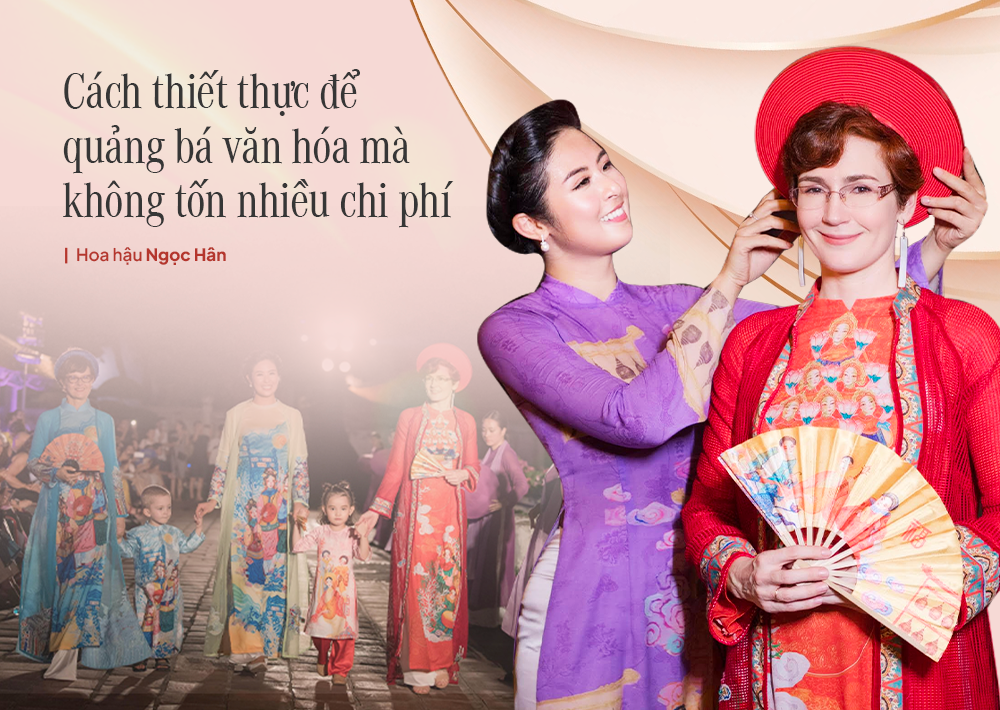
Ever since becoming an Ao Dai Designer, Miss Ngoc Han asked herself how to make her designs unique, in the context of many Ao Dai designers who have gone before and succeeded. After a long time of thinking, I chose the slogan: "The quintessence of world culture converges in the Vietnamese Ao Dai". Because she has been pursuing that direction for a long time, Ngoc Han has many Ao Dai collections inspired by the cultures of many countries - places she has had the opportunity to visit.
''I see the Ao Dai in particular and fashion in general as a soft cultural bridge, through which international friends can get closer to us and feel more about Vietnamese culture. It is a beautiful, easy and non-rigid form of cultural exchange.
I receive many special orders, designing for heads of state and their wives when they visit Vietnam, and for ambassadors and diplomats when they work in Vietnam. With each such order, I need time to research and learn about the culture of the host country, to see which sensitive elements should not be included on the ao dai. I am so familiar with these things that I am very confident when designing and sending gifts to special guests in the most thoughtful way.
Having a husband who works in the Ministry of Foreign Affairs, I see him as a companion. My husband often shares encouragement, even helps me a lot in designing cultural ao dai. He also advises me on patterns, motifs, and colors that are typical of the culture.
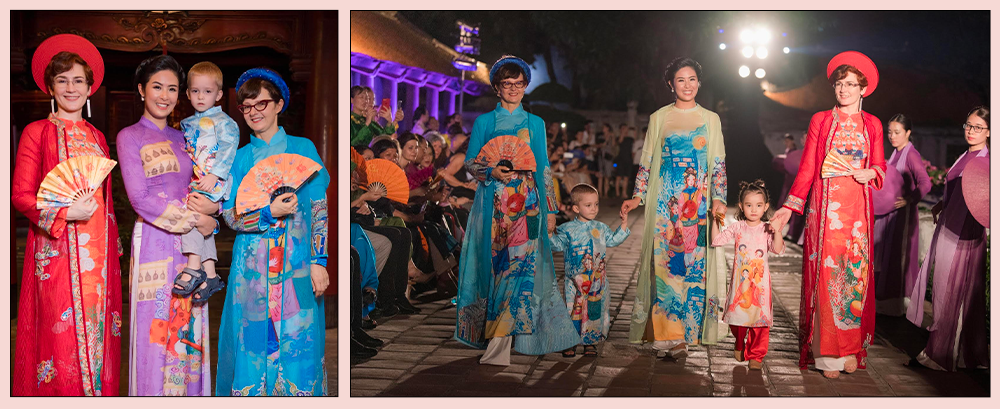
I really like something that many countries do successfully, especially Korea and Japan. For example, when going to Kyoto or Osaka, tourists can easily rent traditional costumes and visit the monuments, everyone is excited to take pictures and post them on social media. It is a practical way for their friends to see and want to experience that country.
I think this is a way to help spread Vietnamese fashion to the world as well as make international friends understand our culture and traditional costumes. The government can support designers with beautiful locations in Hanoi's Old Quarter, Hoi An's Old Quarter, Hue's mausoleums... Thanks to that, designers can bring their beautiful Ao Dai for tourists to experience and learn about Vietnamese culture. This is an effective way to promote culture without spending much money, the results are immediately visible.
For example, many people who come to Hue love to rent traditional costumes to wear, but they are mainly Vietnamese tourists. International tourists have difficulty accessing them because the rental location is quite far away and there is no specific information. Tourists are used to using travel experience apps like K-look, we can cooperate with these apps to guide tourists to rent traditional Vietnamese costumes.
I see the recent high-profile cultural diplomacy activities as a good sign because, as a rule, when people are well-fed, they think about entertainment. That shows that the economy is growing, and has reached the level of investing in culture, and that investment is not limited to the domestic market but is also directed to the international market.
Furthermore, not only the Ministry of Foreign Affairs and the Ministry of Culture, but also other ministries and sectors love and focus on developing culture, bringing Vietnamese culture to the world. I am proud that cultural diplomacy activities bring many opportunities to my colleagues as well as breathe new life into the country's art.
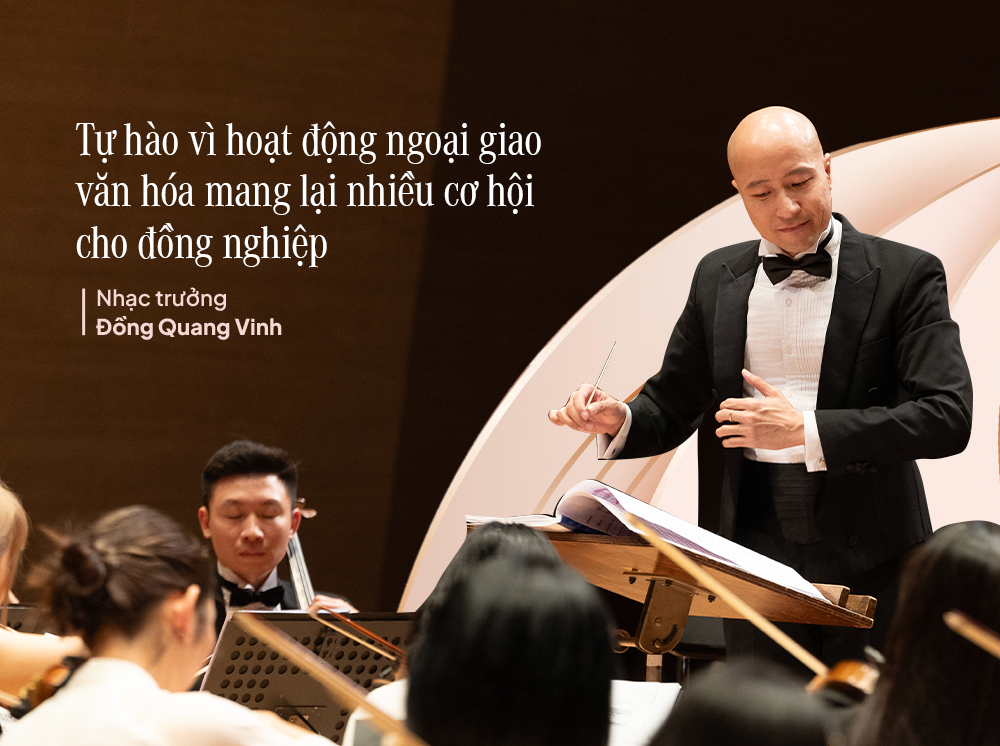
Last October, the Vietnam - Japan Festival Symphony Orchestra with artists selected from the representative orchestras of both countries in the concert series at 6 stages in 6 major cities of Japan was extremely impressive. When performing anywhere, as conductor - Dong Quang Vinh always wants to have the participation of artists from other countries because it is symmetrical. In addition, it also proves that the concept of music without borders will be more accepted by the public.
Before the conductor could come up with the idea, the Japanese side proactively proposed that the orchestra would have half Vietnamese artists and half Japanese artists, the best artists selected from the two countries. Everyone tried their best because they were carrying the image of the two countries. In addition to the two classics, Beethoven's Symphony No. 5 - Fate and Chopin's Piano Concerto No. 1, the opening performances were Vietnamese classics and the closing performances were Vietnamese and Japanese works re-arranged by Dong Quang Vinh.

''The audience was very happy when they heard Vietnamese artists playing Japanese music. We were welcomed by the audience with tears and long applause that the artists had to re-enter the stage 5-6 times to greet the audience's loud and persistent applause. After that, many people contacted me, saying they wanted to travel to Vietnam, come to my place of work and watch Vietnamese artists' shows as well as come to Vietnam to perform.
Promoting Vietnamese music to the world is very important. I have some classmates who brought the T'Rung to America to play, and the Harvard principal was interested in including it in Vietnamese music research programs. Harvard - the world's leading school highly values the traditional culture of countries, including Vietnam. Later, when performing in many countries with Vietnamese musical instruments, every time I finished playing, the audience gathered around to watch the monochord and T'Rung and would not let me go home.
European and American countries have economies that are much ahead of ours, but they always want to know more about other countries in the world, including Vietnam. Our country has 54 rich ethnic groups, a thousand-year-old culture and history. We live in Vietnam and find it normal, but to foreigners it is extremely eye-catching. So why not bring traditional musical instruments abroad to beautify the image of the country?''.
Design: Hong Anh
Vietnamnet.vn


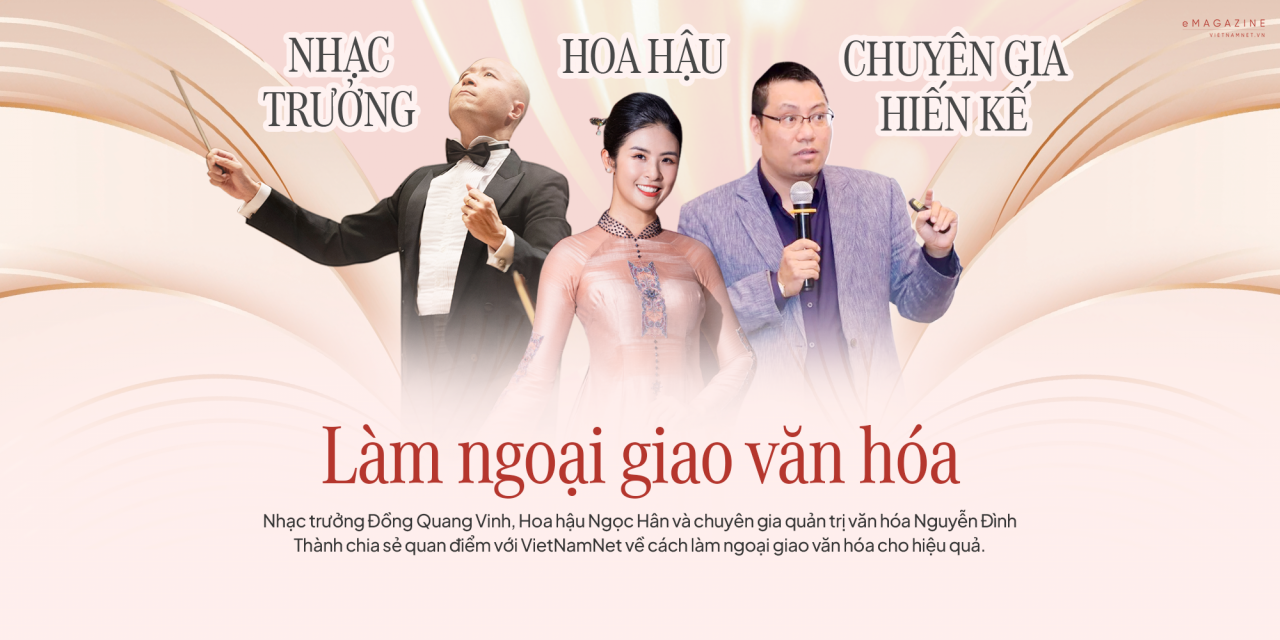
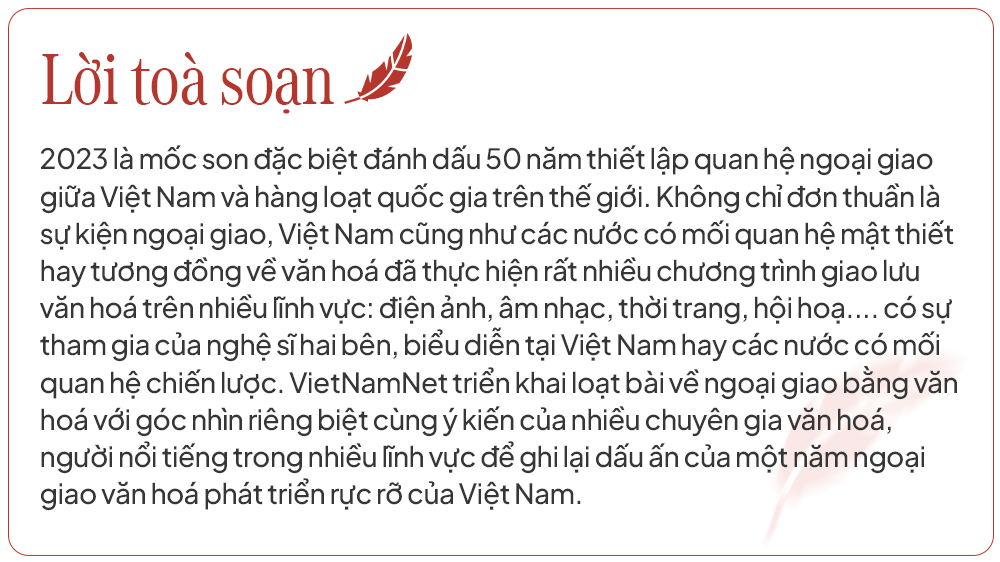
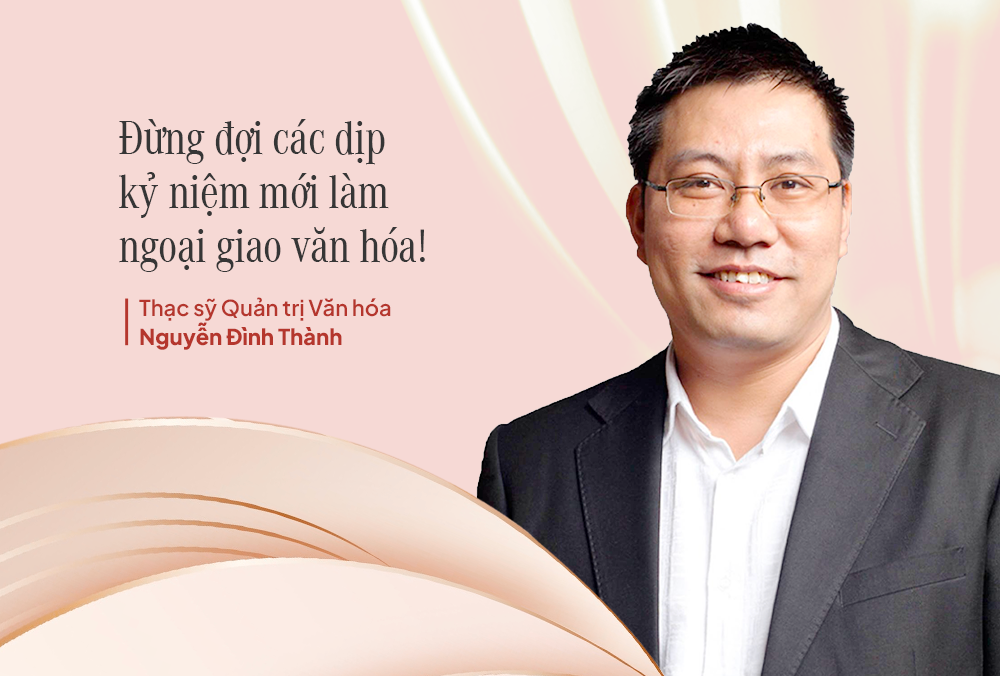

![[Photo] More than 17,000 candidates participate in the 2025 SPT Competency Assessment Test of Hanoi National University of Education](https://vphoto.vietnam.vn/thumb/1200x675/vietnam/resource/IMAGE/2025/5/17/e538d9a1636c407cbb211b314e6303fd)
![[Photo] Readers line up to visit the photo exhibition and receive a special publication commemorating the 135th birthday of President Ho Chi Minh at Nhan Dan Newspaper](https://vphoto.vietnam.vn/thumb/1200x675/vietnam/resource/IMAGE/2025/5/17/85b3197fc6bd43e6a9ee4db15101005b)
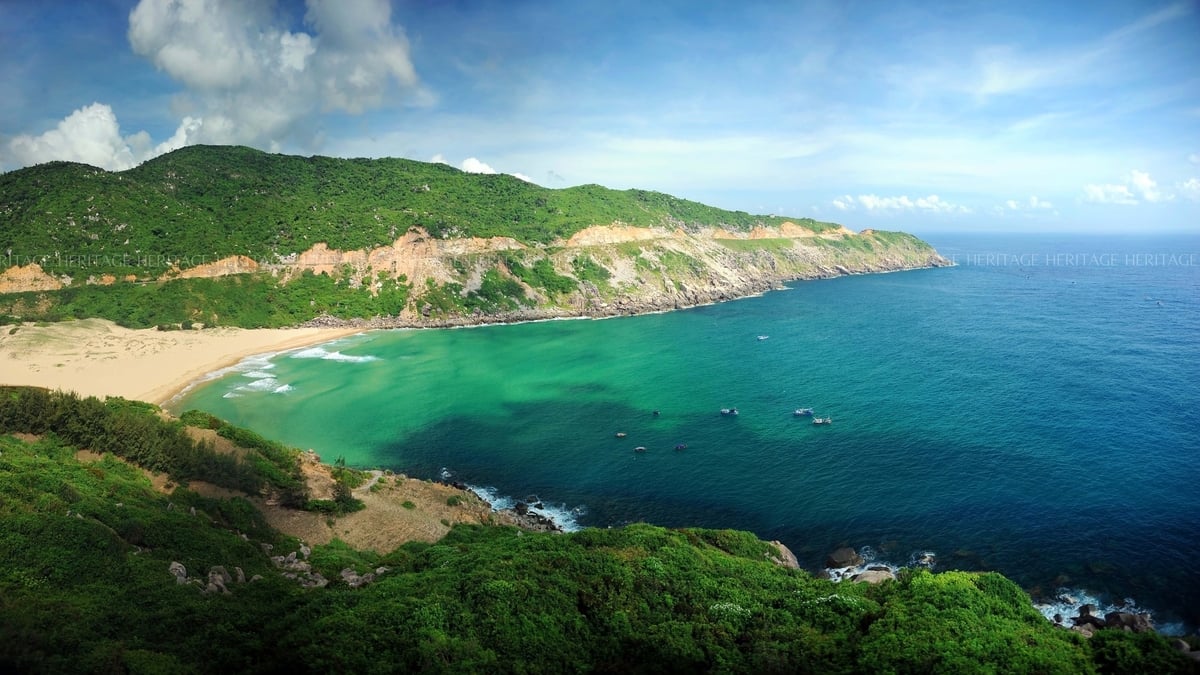
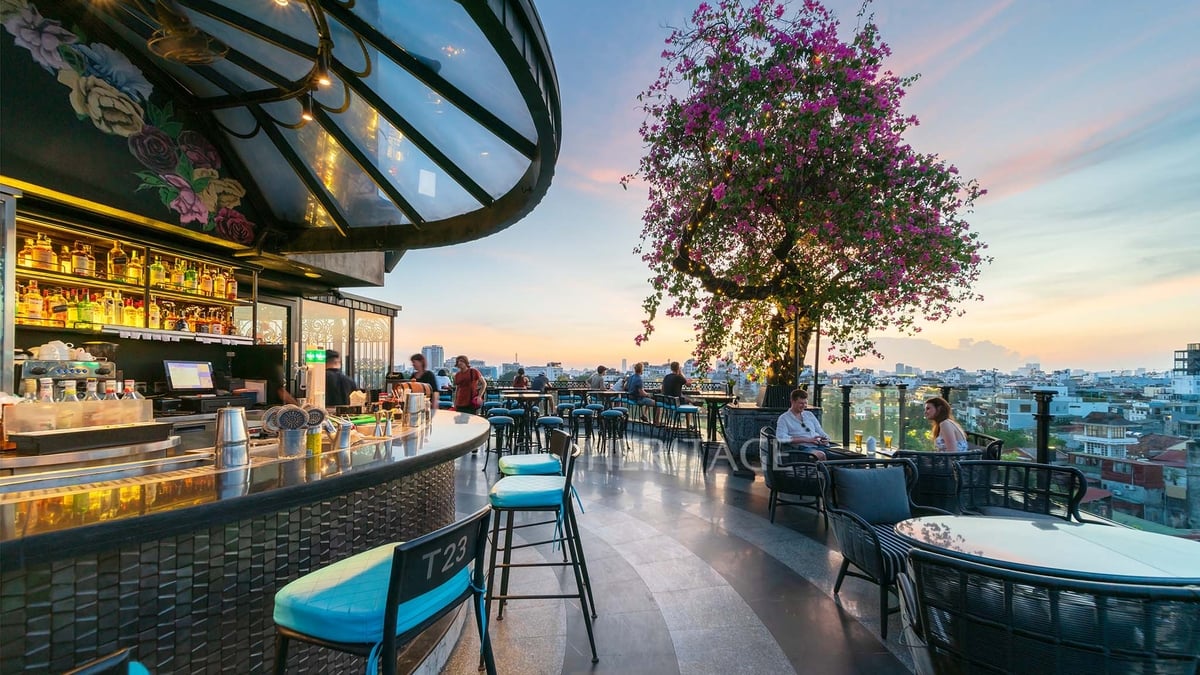
![[Photo] Prime Minister Pham Minh Chinh chairs meeting on science and technology development](https://vphoto.vietnam.vn/thumb/1200x675/vietnam/resource/IMAGE/2025/5/17/ae80dd74c384439789b12013c738a045)
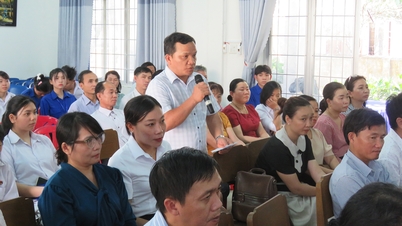



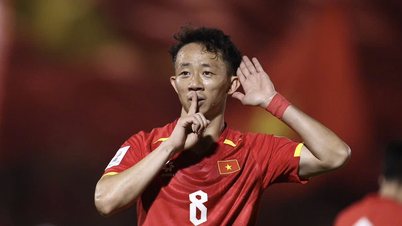




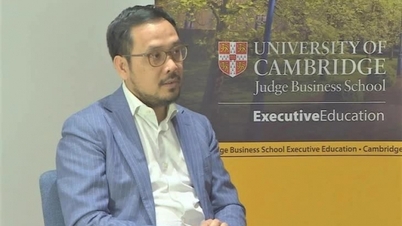

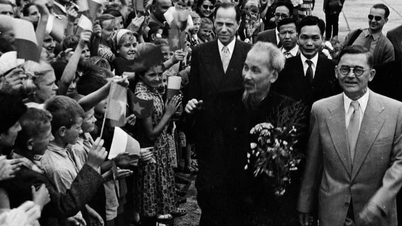

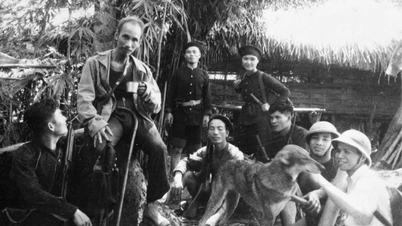
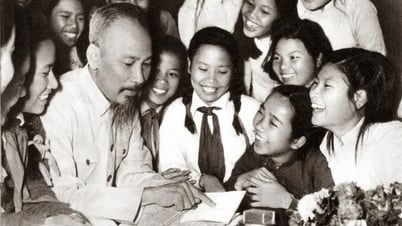

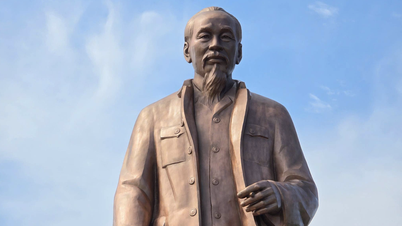
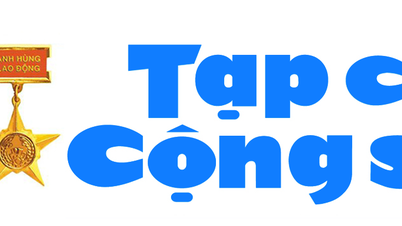





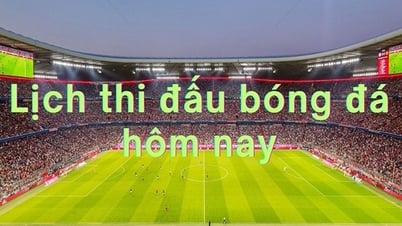
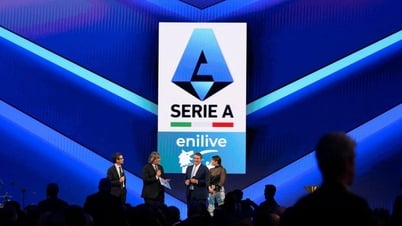


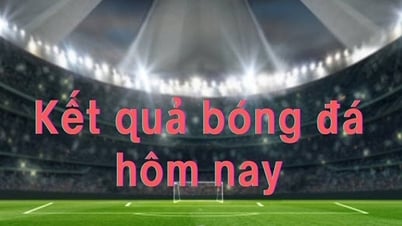
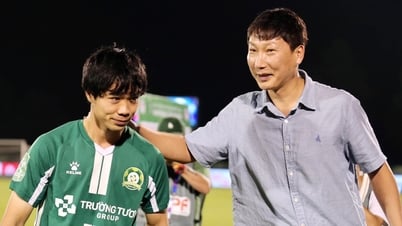
![[Photo] Nearly 3,000 students moved by stories about soldiers](https://vphoto.vietnam.vn/thumb/1200x675/vietnam/resource/IMAGE/2025/5/17/21da57c8241e42438b423eaa37215e0e)


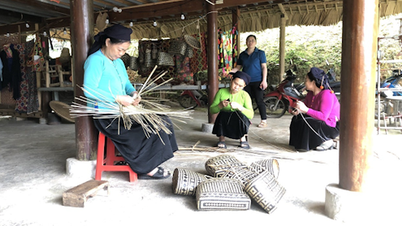



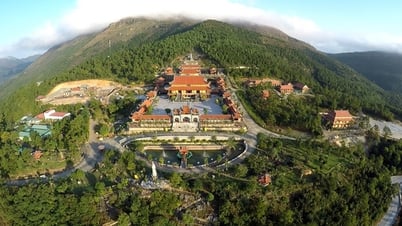

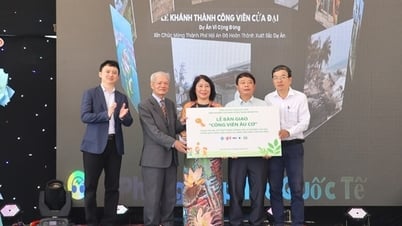

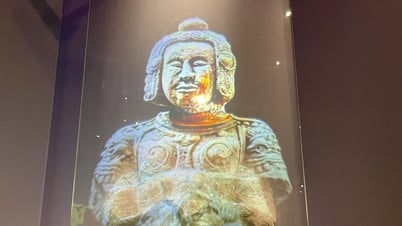

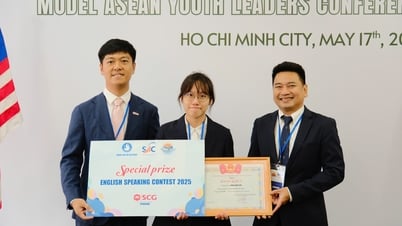




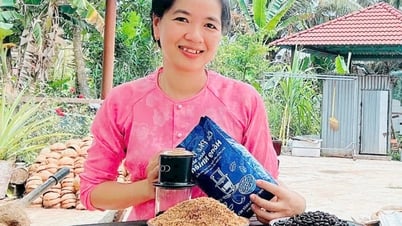




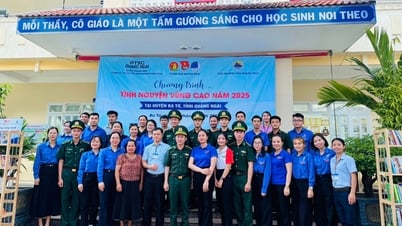
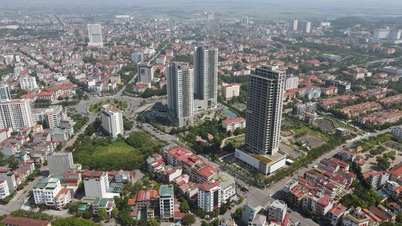





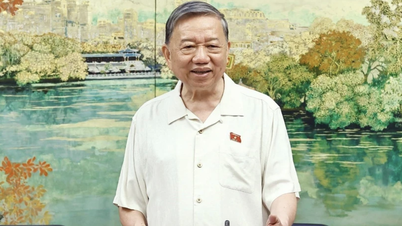
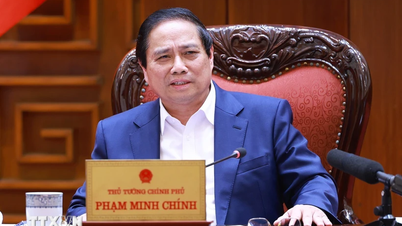
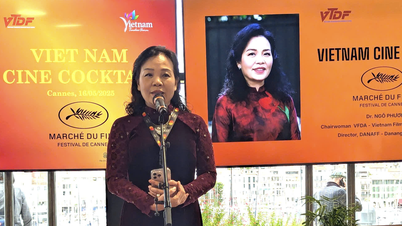

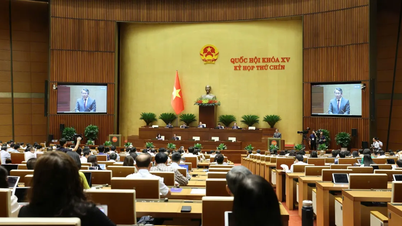

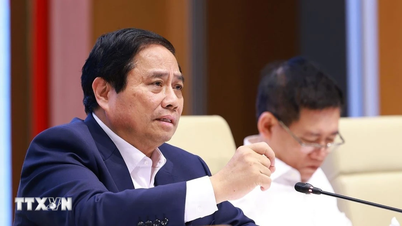
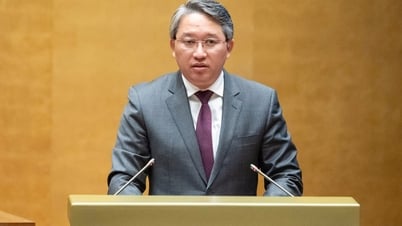
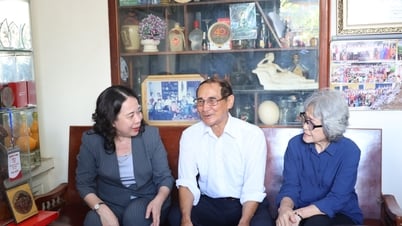

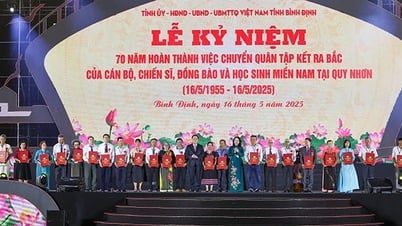
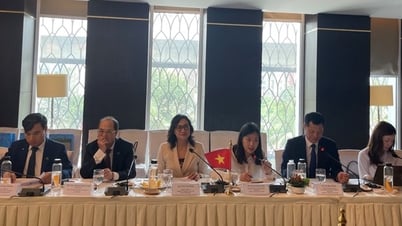

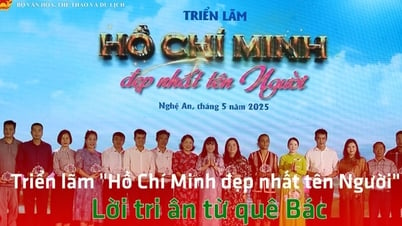

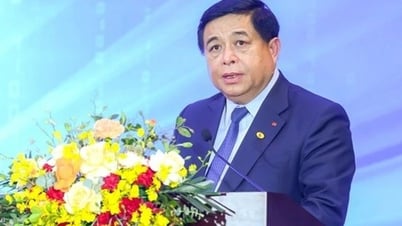


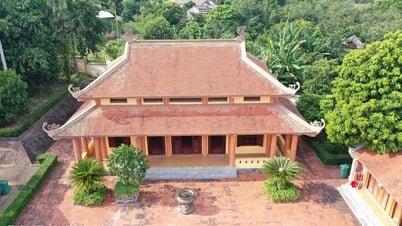

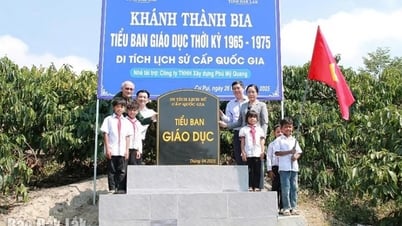
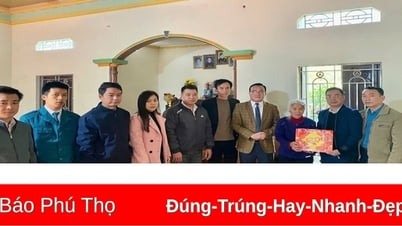


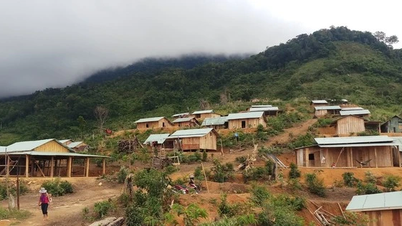

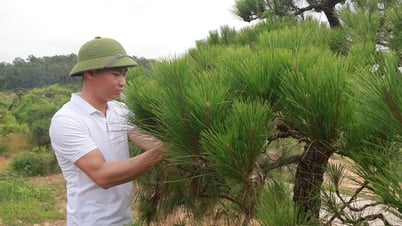











Comment (0)